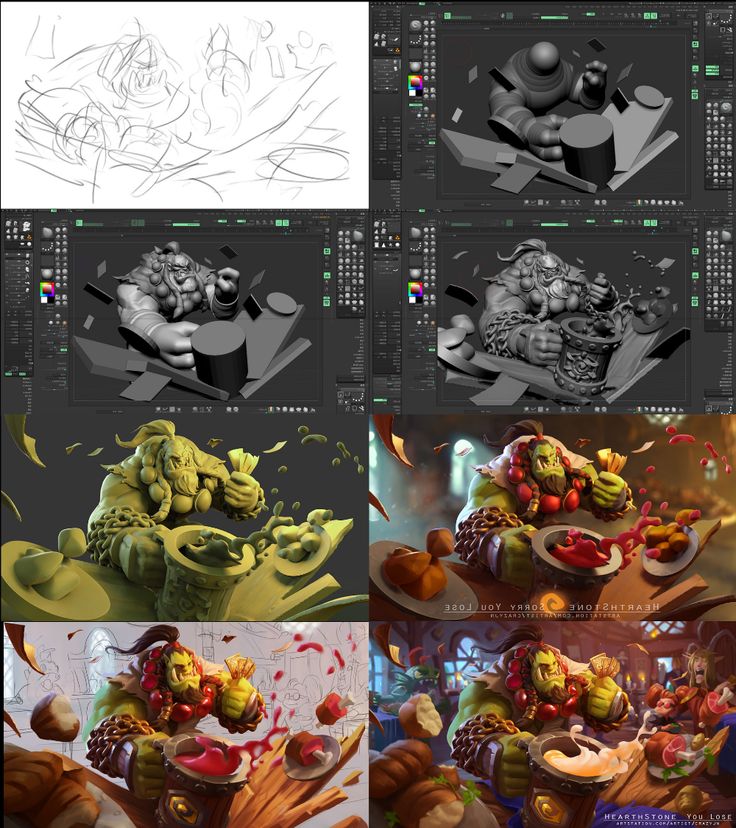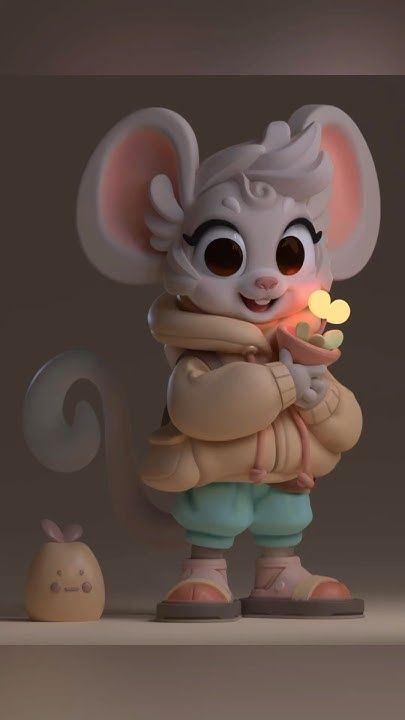3D art is a form of digital or physical artistic expression that involves creating objects with depth, height, and width. It is widely used in video games, animation, architecture, and virtual reality. The use of 3D art has expanded dramatically with advancements in technology, allowing artists to craft hyper-realistic characters, environments, and simulations.
There are various types of 3D art, including sculpting, modeling, texturing, and rendering. Each stage plays a crucial role in bringing digital art to life. Sculpting is used to shape detailed models, while modeling involves building the basic structure of objects. Texturing adds materials and colors to models, and rendering transforms them into final images or animations with realistic lighting and effects.

3D artists use software like Blender, Maya, and ZBrush to create stunning visuals. These tools provide extensive capabilities for modeling, texturing, and lighting. Additionally, physics-based simulations enable realistic motion, such as hair movement, water flow, and dynamic interactions between objects. The combination of these techniques results in highly detailed and immersive experiences.
